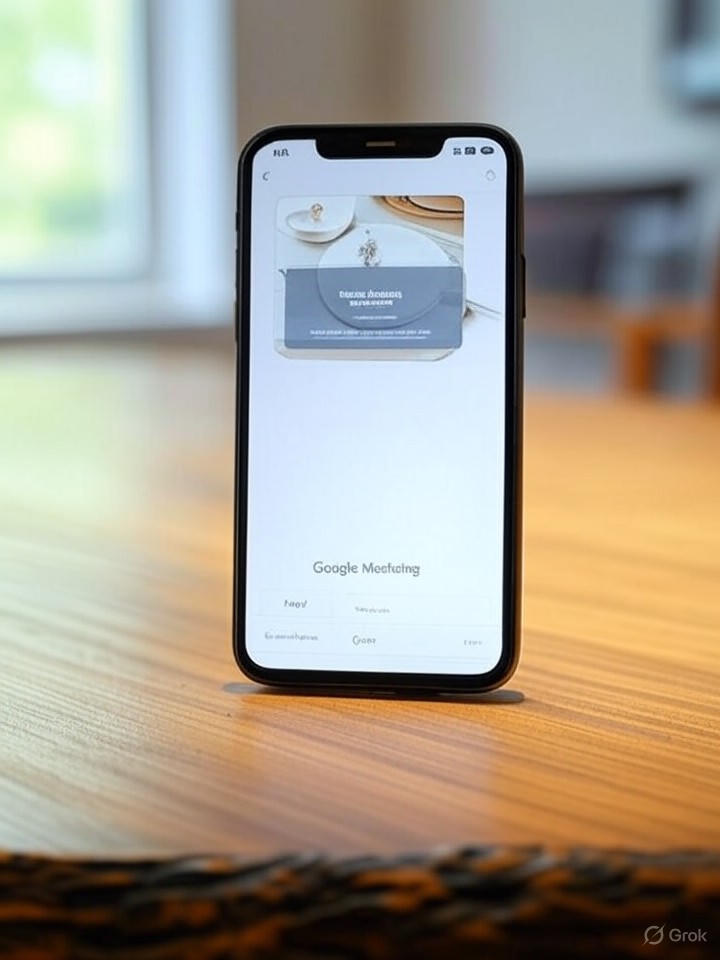Google has expanded a key safety feature in its Messages app for Android users, enabling the automatic blurring of images detected as containing nudity. This rollout, detailed in a recent report from Engadget, marks a significant step in enhancing user privacy and protection against unsolicited explicit content. The feature, known as Sensitive Content Warnings, processes images on-device using machine learning, ensuring that potentially sensitive material is obscured before it reaches the recipient’s eyes—unless they explicitly choose to view it.
The system not only blurs incoming nudes but also prompts users with warnings when attempting to send or forward such images, adding a layer of consent and caution. According to the same Engadget piece, this optional tool is now being pushed out more broadly after initial testing, reflecting Google’s ongoing efforts to combat digital harassment and unwanted exposures in messaging.
Industry Implications of On-Device AI Processing
For tech insiders, the on-device nature of this detection is particularly noteworthy, as it minimizes data transmission to Google’s servers and aligns with growing regulatory pressures on privacy. Publications like PCMag have highlighted how the feature integrates with broader scam detection updates, creating a multifaceted shield against various online threats. This approach could set a precedent for other messaging platforms, where end-to-end encryption often complicates content moderation.
Moreover, the feature includes tailored safeguards for younger users, such as automatic activation for those under 18, as noted in reports from CNET. This parental control element underscores Google’s strategy to address family safety concerns, potentially influencing app store policies and competitor responses from companies like Apple, whose iMessage has faced scrutiny over similar issues.
Evolution from Announcement to Wide Release
The journey of Sensitive Content Warnings began with its announcement last October, but the full rollout has taken nearly a year, as chronicled in updates from The Verge. Initial beta testing revealed high accuracy in nudity detection without compromising message speed, a balance that industry analysts say is crucial for user adoption. Delays in deployment, however, highlight the challenges of scaling AI models across diverse Android hardware ecosystems.
Critics and experts, including those cited in Ars Technica, praise the feature for keeping conversations “PG-rated” while respecting user autonomy—options to disable it remain readily available in settings. Yet, questions linger about false positives, such as artistic or medical images being mistakenly blurred, which could frustrate users in professional contexts like healthcare or education.
Broader Context in Digital Safety Trends
This update arrives amid heightened awareness of cyber-flashing and non-consensual image sharing, issues that have prompted legislative actions in various regions. As ZDNET reports, Google’s integration of nudity blurring with scam alerts positions Messages as a leader in proactive security, potentially pressuring rivals to accelerate their own innovations. For enterprises relying on Android for corporate communications, this could reduce liability risks associated with inappropriate content.
Ultimately, while the feature empowers individuals, it also raises discussions on AI ethics—how algorithms define “nudity” across cultures and whether such tools inadvertently censor legitimate expression. Insiders watching Google’s moves suggest this is just the beginning, with future iterations possibly incorporating user feedback to refine detection accuracy and expand to other content types, solidifying Android’s edge in privacy-focused messaging.




 WebProNews is an iEntry Publication
WebProNews is an iEntry Publication